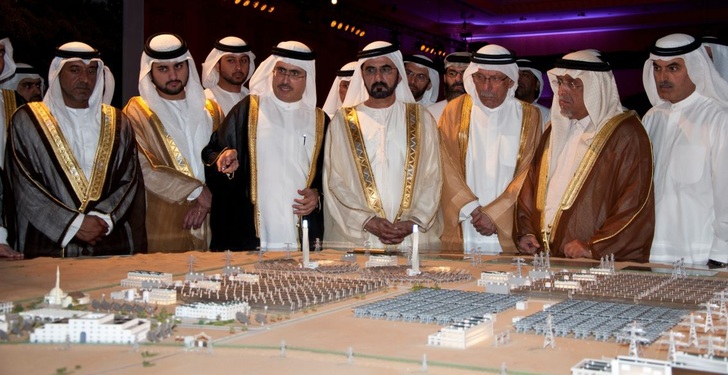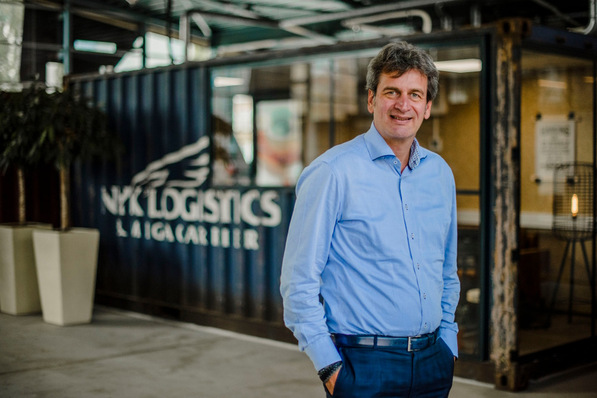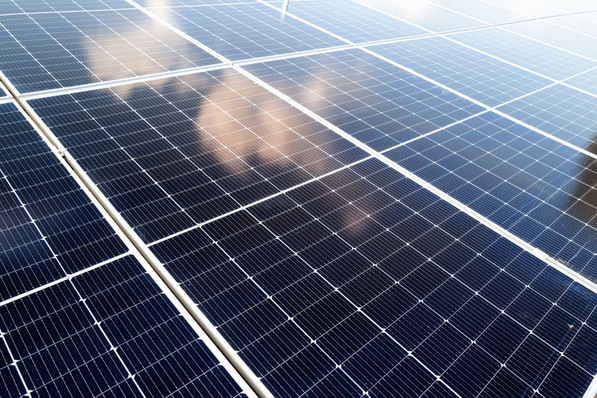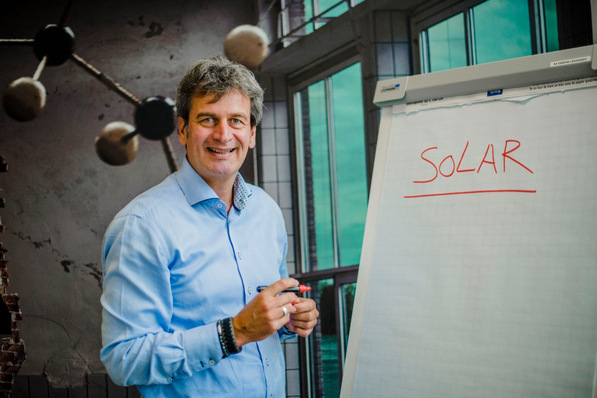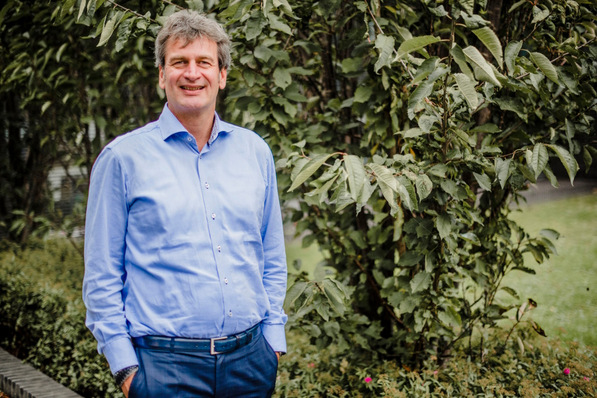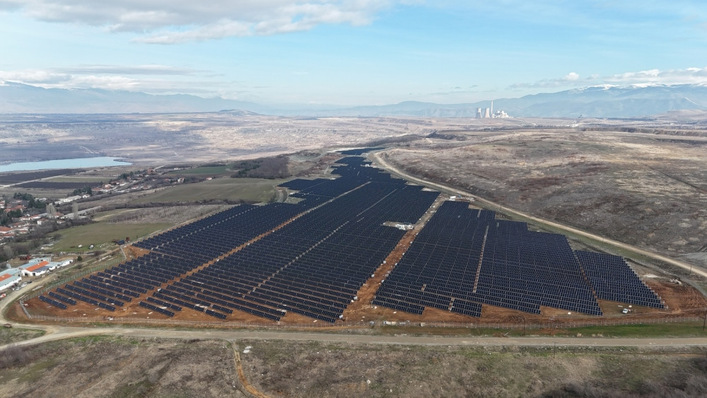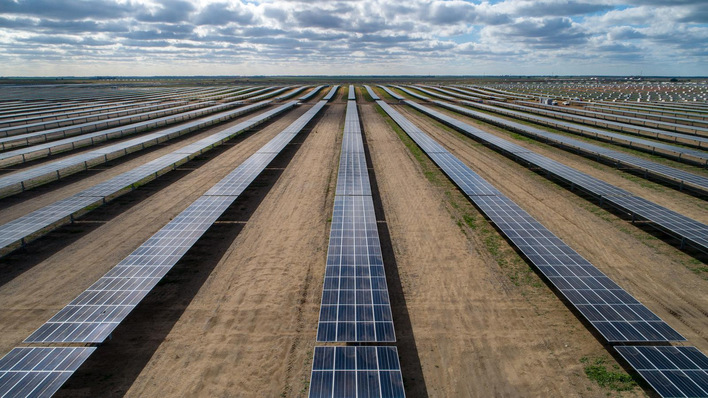The Arabs are rich: Rich of money from the petrol business and rich of unusable desert land. Now they invest in PV in tremendous scale. Five companies took part in the recent bidding. The lowest offer was 2.99 US cents per kilowatt hour solar electricity. Now the representatives of the Dubai Electric & Water Authority (DEWA) check the details and proceed to the due diligence of the given offers
The next step in the procedure is to compare the technical solutions and the financial strenght of the participating companies.
The prices are falling and falling
The final bid of 3 US cents (2.64 Eurocent) marks an new minimum in the global price spiral that leads downwards, and it now underlined other generators as coal or uranium. Ten years ago it would have been a good joke to talk prices like this. Even the greatest visionaries in photovoltaics had foreseen such low prices at least in the middle of the century, around 2040 or 2050.
Ten years ago terms like grid parity or cost leadership in energy production were far, far away. Last year the famous Fraunhofer Institute for Solar Energy Systems in Freiburg, Germany, predicted a decline in Levelised Cost of Energy (LCOE) from PV sources down to 1.5 Eurocent per kilowatt hour – in the long run. Now such prices seem to come within reach.
More sun, lower costs
The Arabs are not only rich in money and sand, they also have much, much sun. This is the reason why they are able to gain around 2.500 kilowatt hours from each kilowatt PV installed in the desert.
The total investment of the 5 GW solar power field in Dubai sums up to 13 billion US-Dollar. The payback time will be 20 years. After this period – and after retrofitting of new modules and new inverter stations – the costs will run lower once more – predictable lower than 1 US-cent per kilowatt hour.
5 cents in the U.S.
The price decline in PV is a global trend. In the United States recently installed solar fields in sunny southwest for instance already cracked the mark of 5 US cent per kilowatt hour. In Central Europe the prices dropped to 7 or 8 Eurocent.
Due to the minimum price restrictions on Chinese panels the prices are kept artificially high. In Turkey or Switzerland those rules of the EU do not work. So lower prices are possible – around 25 per cent less than within the EU. The modules make up almost 30 per cent of the whole system costs of a large PV field. (HS)
Did you like this report: „Ultra Large PV in Dubai: DEWA bidding closes at 3 US cents per kilowatt hour“? May be you want to read this, too:“Giga-PV: cost reduction for PV power plants in the earth’s sun belt“. Or this might be interesting as well: „PADCON and SUNCYCLE act hand in hand against PID in large module fields“. On PV prices and the restrictions in the EU we recommend: „What inhibits market growth for solar panels in the EU? Frank Niendorf shares his insights“.

